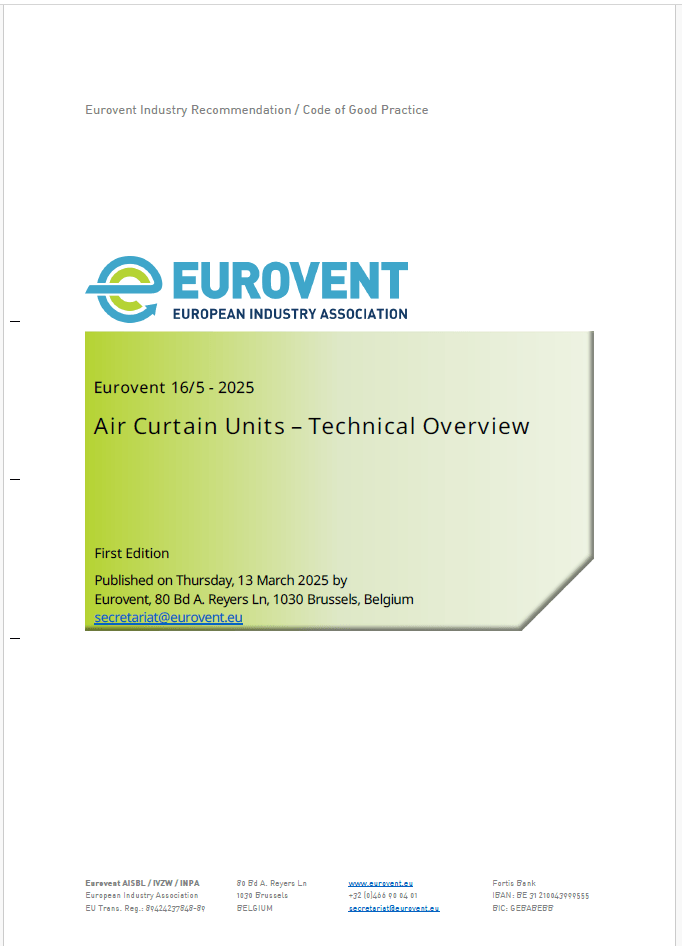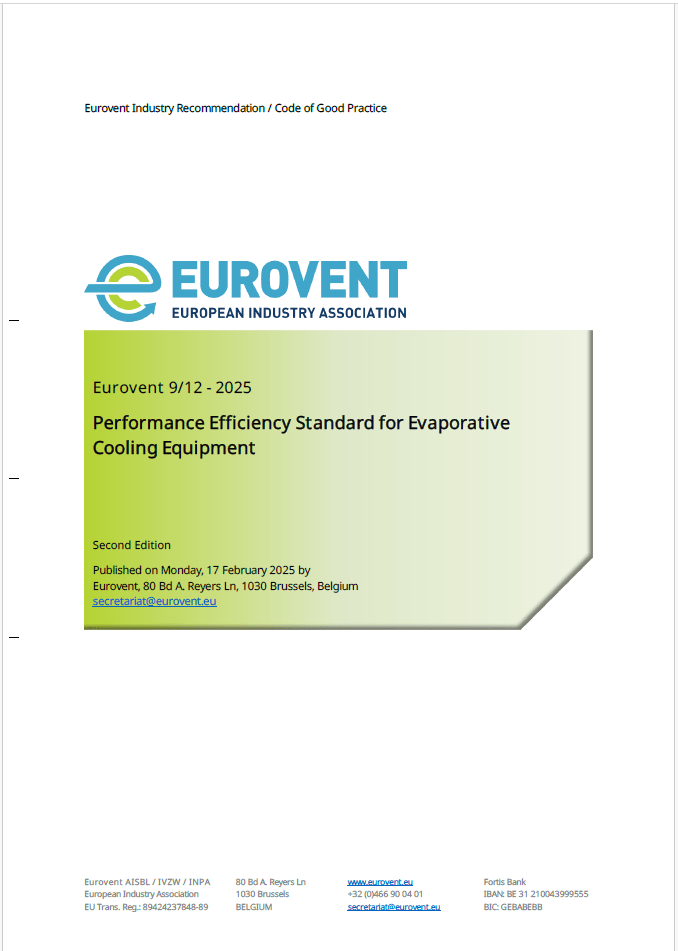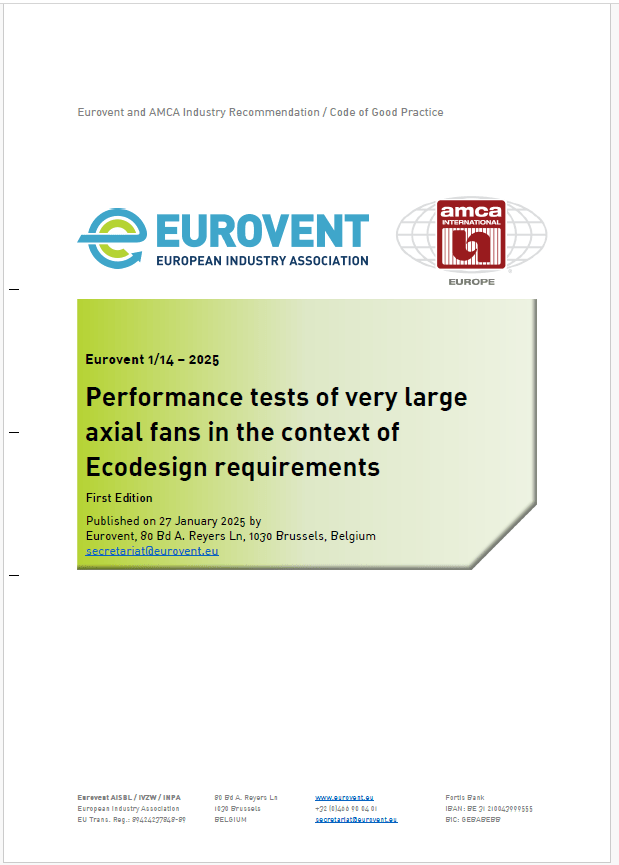
Bjorn Ostbye, Manager Project Development of Lulu Group International, a multinational conglomerate operating a chain of hypermarkets and retail shops across the United Arab Emirates, weighs in on what supermarkets are doing to ensure the safety of visitors in the post-COVID ‘normal’.
As we are currently seeing an improvement in the infection rates and the world slowly returns to a post-COVID ‘normal’, what changes have you observed?
The experience the past two years has, in fact, changed our mindsets, and I think we all have learned a lesson or two. This can be primarily seen in greater personal hygiene measures to protect ourselves and others. The UAE government has also done a great job in facilitating the massive undertaking to handle all the cases and teaching us ‘dos and don’ts’.
Businesses were quick to launch and offer personal protective equipment to help individuals and society protect themselves against the virus. In my opinion, many of the products out there mainly were launched because there were business opportunities, and they did not actually help very much.
Going forward, the problem will probably be around for years to come, and we all need to understand the importance of awareness regarding personal hygiene and social distancing to protect ourselves and others.
There should be fewer open self-service facilities and more prepacked items on display. We also need to introduce more sanitations of open products, and we shall introduce food-grade organic sanitisers such as hypochlorous acid used for sanitisation of fruit, vegetables and meat, as well as in the disinfection of food processing equipment.
In this era, what are commercial facilities, such as supermarkets doing to improve indoor air quality and ensure the safety of visitors in terms of ventilation?
All major supermarkets are designed to meet and exceed requirements set by ASHRAE standards as much as possible. In such facilities, additional treated fresh air is added in the sales area to make up for the air extracted from production kitchens and preparation rooms. Generally, it is very difficult to change the volume of the fresh air in existing shops, but we have requested our HVAC design engineers to increase the fresh air in new projects.
As this will be an added cost, both in terms of capital investment and operational expenditure, it will contradict our ongoing energy-saving efforts.
How much importance is placed on ventilation for the supermarket? Is it prioritised or, does preventing cold chain excursions to protect the quality and shelf-life of produce take priority?
In our stores, ventilation is a top priority. This is evident in the increased extraction of air from production and preparation rooms. Such efforts are in place to ensure there is no bad odour or smell in the sales areas. Since treated, cold and fresh air is provided near the front of house, this will also increase the benefit of our customer before the fresh air reaches the extraction towards the end or back of the facilities.
Actually, with the quick turnover we have, we are not as concerned with the fresh food on display.
In your experience, has there been greater attention placed on air treatment in supermarkets and other related commercial facilities?
There have been and continues to be a lot of attention on air treatment, especially in the industry. That being said, there are very few companies in the market that can provide workable advice. After all, we cannot rely on the end-user to come up with the right ideas.
You mentioned that it is now apparent that recycled air must be sanitised, and technology used in commercial facilities to be 100% effective against all bacteria. Do you expect to see an uptake in demand for certain products and, if so, what types of air treatment products? Or is the investment required still a drawback?
This is a very important question. There are already good alternatives in place, so instead of adding the cost of additional fresh air, which will not reduce any bacteria, we should install a sanitation chamber after the existing Air Handling Unit (AHU) itself for the sanitation of recycled air, along with one or more independent air purifiers in stores that are fitted with Fan Coil Units (FCUs).
We have, in fact, already installed several special air purifiers that completely clean and 99,99 % sanitise recycled air.
Cold air from fish, meat and chicken rooms can be recycled and returned to the storeroom and the back of the house. Previously, the air from these areas was extracted to the exterior, so the ability to reuse this cold air allows us to achieve huge savings. The initial investment required for the implementation of such solutions can be partly offset by savings in operations. In large shopping facilities, the investment will be relatively high.
You also mentioned that the alternative to have 100% fresh air would cost too much, leading to some providers cutting corners. Do you see this as an area where regulatory authorities should step in to raise standards and requirements related to indoor air quality? What can be done to encourage public sector policy further?
As mentioned above, I do not think that 100% fresh air is any solution, rather sanitation on recycled air. Also, I do not believe that we should approach authorities with this idea. In my opinion, authorities should instead look into the solution mentioned above or provide advice on other, more practical ideas.
Remember, we aim to eliminate potential bacteria that have already entered the facilities. What do we do if the next bacteria we have to deal with are airborne?
Speaking on the issue of the need to cultivate better protocols to address these problems in the years to come, in the absence of regulation, what can be done to encourage commercial facilities to invest in better technologies and practices? Do you feel that education in the market is sufficient and has made a difference?
I am sure that authorities are looking and will do the needful. However, we are the specialists. We are the ones that should create and offer advice on the matter. We should not await protocols from the rest of the world when we, in the UAE, are leading in many ways otherwise.
Concerning education of the air quality issue, we need to do a lot more. Therefore, we need to reach a ‘good’ proposal quickly and then go out with ‘revised’ statements about air quality.



















